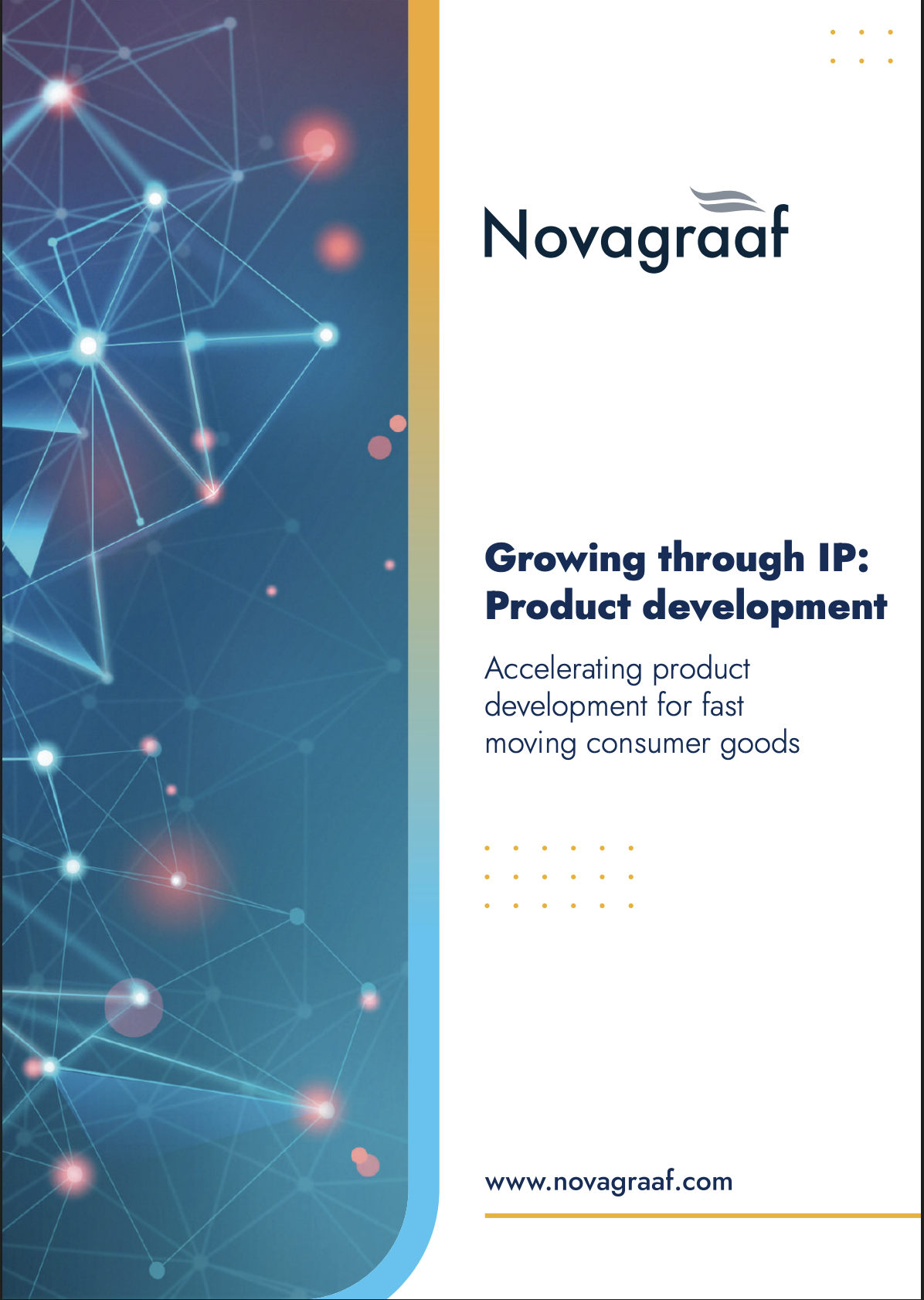FMCG intellectual property FAQs – How to align your IP and product development strategies

Discover answers to frequently asked questions about intellectual property in the fast-moving consumer goods (FMCG) sector, from how to manage new product development to building your FMCG branding strategy.
1. Why is trademark clearance an essential step in new product development for FMCGs?
In fast-moving consumer goods (FMCGs), where speed to shelf is critical, failing to conduct proper IP clearance can result in trademark conflicts, forced rebrands or legal action. Trademark clearance ensures your product name, packaging design or slogan isn’t infringing existing rights, which is a common issue in competitive markets, such as food & drink, cosmetics or household products. We recommend starting clearance as early as possible in the product development cycle.
2. How can IP be integrated into the new product development process in FMCG sectors?
IP shouldn’t be a final-stage checklist. Ideally, it should be embedded in your innovation funnel. For example:
- Trademark screening during concept naming;
- Design protection for unique packaging or product appearance; and
- Confidentiality agreements in R&D and supplier discussions.
We often collaborate with product teams to map IP decisions to development milestones, ensuring smoother launches and better protection of assets. Contact our team now to find out more.
3. What are the common IP risks for new FMCG products?
FMCG companies face unique challenges, such as:
- Using descriptive or non-distinctive names that can’t be registered;
- Overlooking design registration for packaging or dispensers;
- Infringing third-party rights due to rushed launch timelines; and
- Licensing issues around formulations or sub-branded components.
A robust IP audit helps identify these risks early, avoiding costly product recalls or rebranding.
4. What role should trademark protection play in an FMCG branding strategy?
Your brand name, packaging and visual identity are often the primary differentiators in crowded FMCG shelves. Trademarks protect these assets legally, giving you enforcement rights and building long-term brand equity. In global product rollouts, early trademark filing, including in the EU and emerging markets, is key to avoiding parallel launches or lookalike products.
5. How can FMCG companies monetise their IP assets?
Many FMCG companies overlook the licensing potential of their IP. For example:
- Licensing a successful sub-brand into new categories (e.g., beverages to personal care);
- Partnering with retailers or direct-to-consumer (DTC) platforms under your protected brand; and
- Selling or franchising innovation that doesn’t align with your roadmap.
An IP valuation and licensing strategy can unlock significant commercial value from non-core or under-utilised assets.
6. How should IP, legal and product teams work together when creating new products?
Cross-functional collaboration is essential. We advise regular alignment between R&D, brand, legal and IP functions. For example, during:
- Name and logo development: legal input on clearance;
- Prototype packaging: assessment for design protection; an
- Commercialisation planning: trademark filing strategy and IP risk assessments.
Structured collaboration avoids last-minute legal hurdles and supports speed to make.
7. When is the right time to file a trademark or design in the FMCG sector?
The short answer: as early as possible, once the concept is commercially viable and the name/design is stable. Filing early secures priority and deters competitors. But timing must balance marketing sign-off, legal clearance and public disclosure risks, especially in fast-turnaround categories. To find out more, read our article 'Trademark registration: When is the right time to file?'.
Want to launch faster with fewer IP roadblocks? Download our whitepaper ‘Growing through IP: Accelerating product development in fast moving consumer goods’ or register for our 20 November webinar for expert guidance on integrating IP into FMCGs.
